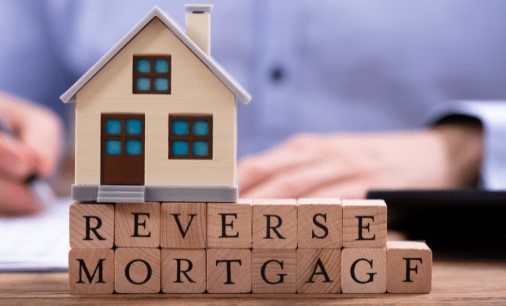Unlock More Equity: How Reverse Mortgages Empower Senior Homeowners

Introduction
As retirees navigate the complexities of retirement financing, the ability to tap into home equity has never been more crucial. Reverse mortgages provide a unique opportunity for seniors to access larger amounts of their home equity, enabling them to fund their retirement plans and manage living expenses. This article explores how reverse mortgages empower senior homeowners to unlock their home’s value, the process involved, and the advantages and considerations of this financial tool.
The Mechanics of Reverse Mortgages
At its core, a reverse mortgage allows seniors to borrow against their home’s equity. Borrowers receive funds based on the value of their home, which can be used for various purposes, such as covering medical expenses, paying off existing debts, or enhancing their retirement lifestyle.
Eligibility Requirements: To qualify for a reverse mortgage, homeowners must meet certain criteria:
- Be at least 62 years old.
- Own their home outright or have a low mortgage balance.
- Live in the home as their primary residence.
- Be able to pay property taxes, homeowner’s insurance, and maintenance costs.
How Reverse Mortgages Empower Seniors
- Increased Cash Flow: Seniors can access significant amounts of cash without the burden of monthly payments. This financial flexibility allows for better management of day-to-day expenses and unexpected costs.
- Enhanced Quality of Life: With additional funds at their disposal, seniors can afford to travel, engage in hobbies, or spend time with family and friends without financial strain.
- Home Renovations and Modifications: Seniors can use reverse mortgage funds to make their homes safer and more accessible, enabling them to age in place comfortably.
- Healthcare Costs: Many seniors face rising healthcare expenses. Reverse mortgages can provide the necessary funds to cover these costs, alleviating financial stress.
Read also: No Down Payment DSCR Loans: Is It Possible?
The Process of Obtaining a Reverse Mortgage
- Consultation: Seniors should seek advice from a qualified reverse mortgage counselor to understand the implications and ensure it aligns with their financial goals.
- Application: The application process involves providing personal and financial information, including income, credit history, and home value.
- Appraisal: The lender will conduct an appraisal to determine the home’s current market value, which affects the loan amount.
- Closing: Once approved, the borrower signs the loan documents, and funds are disbursed according to the agreed-upon terms.
Considerations and Risks
- Interest Accumulation: Since no monthly payments are required, interest accumulates on the loan balance, which can diminish equity over time.
- Maintenance Responsibilities: Borrowers are still responsible for property taxes, insurance, and maintenance, which can be a burden if funds are limited.
- Potential Impact on Heirs: The loan must be repaid upon the borrower’s death, which could reduce the inheritance for heirs if they choose not to keep the home.
Conclusion
Reverse mortgages can be a powerful financial tool that empowers senior homeowners to unlock the equity in their homes. By understanding the benefits and risks, seniors can make informed decisions that enhance their financial stability and quality of life in retirement. With careful planning and consideration, reverse mortgages can serve as a valuable resource for those looking to maximize their home equity.




